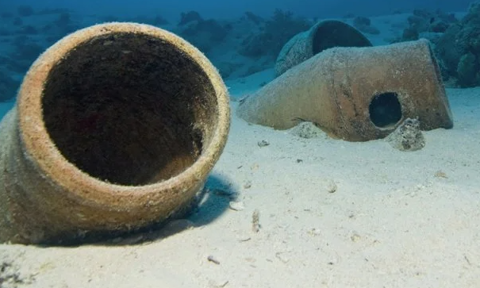
If you’re a wine and history buff, there’s some great news for you. Researchers have discovered some of the secrets of ancient Roman winemaking processes from studying jars retrieved from the bottom of the ocean near the harbour of San Felice Circeo, roughly 90 kms from Rome.
Three different wine jars, or amphorae, were recovered and analysed back in 2018 and after combining chemical and botanical expertise with historical and archaeological records of te period, researchers were able to ascertain that ancient Roman winemakers used locally-sourced grapes but imported pine tar to waterproof these jars and add a different flavour to the wines.
In a paper published in PLOS One, researchers have detailed the extensive process that went into analysing and understanding the wider historical context of the findings from these artifacts.
MORE: Wine Brands in India
“The three marine amphorae, retrieved in 2018 from the ancient anchorage of San Felice Circeo (Italy), offered a rare opportunity to develop interdisciplinary research through archaeobotanical and chemical analyses,” says the research.
The amphorae have provided a previously unavailable insight into the practice of producing wine in this particular region in or around first century BCE.
Pollen analysis of the jars revealed that they were used to make both red and white wine and that native grapes were used for the process. However, the jars also showed traces of pine, indicating the presence of the plant in the wine, most probably in the form of pine tar, which could have been used to waterproof these jars. The presence of pine also indicates that it also affected the flavour of the wine in some way. Since pine wasn’t locally found in the region, archaeologists conclude that it must have been imported from nearby areas of Sicily or Calabria.
Along with these wine jars, a variety of other ceramics and artifacts were also recovered from the harbour, leading archaeologists to believe that the area might have been close to a Roman canal all those years back.
- Quick links
- Wine
- history
- Archaeologists






